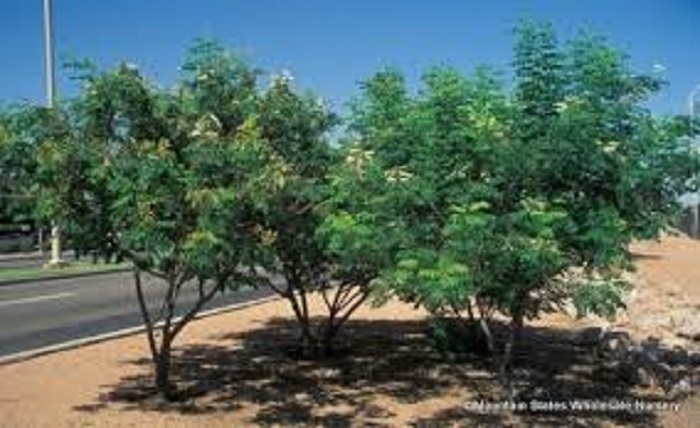Exploring the Vibrant Beauty of the Mexican Bird of Paradise

The Mexican Bird of Paradise, scientifically known as Caesalpinia pulcherrima, is a captivating flowering plant that hails from the tropical regions of Mexico. With its striking colors and unique shape, this plant has become a favorite among garden enthusiasts and nature lovers alike. In this article, we will delve into the fascinating world of the Mexican Bird of Paradise, exploring its characteristics, cultivation tips, and the allure it brings to any landscape.
The Magnificent Mexican Bird of Paradise
The Mexican Bird of Paradise, also known as the Red Bird of Paradise or Pride of Barbados, boasts a vibrant and flamboyant appearance. Its luscious green foliage serves as a backdrop for its show-stopping flowers, which come in shades of fiery red, vivid orange, and sunny yellow. These blossoms resemble the plumage of tropical birds, hence the plant’s intriguing name. Their long, slender petals and contrasting stamens create a visual spectacle that instantly captures attention.
Native Habitat and Adaptability
Originally native to the arid regions of Mexico, the Mexican Bird of Paradise has demonstrated remarkable adaptability, allowing it to thrive in various climates around the world. It is commonly found in tropical and subtropical regions, where it benefits from full sun exposure. This hardy plant is also drought-tolerant, making it an excellent choice for xeriscaping, a landscaping technique focused on water conservation.
Growing the Mexican Bird of Paradise
When it comes to cultivation, the Mexican Bird of Paradise requires some specific conditions to flourish. It thrives in well-drained soil and prefers a sunny location, although it can tolerate partial shade. Regular watering is necessary during the plant’s establishment period, but once it matures, it becomes more resistant to drought conditions. Fertilizing the plant with a balanced fertilizer during the growing season can help promote healthy growth and abundant blooms.
Pruning and Maintenance
To maintain the health and aesthetics of the Mexican Bird of Paradise, regular pruning is recommended. In colder climates, it may experience dieback during the winter, so pruning in early spring helps remove any damaged or dead branches. Trimming the plant after flowering encourages new growth and a more compact shape. Additionally, removing spent flowers can extend the blooming period and promote the development of new buds.
Landscaping and Garden
Uses The Mexican Bird of Paradise’s stunning visual appeal makes it a popular choice for landscaping and garden design. Its vibrant flowers attract pollinators like butterflies and hummingbirds, adding life and movement to outdoor spaces. It can be used as a striking focal point in gardens, or as a colorful hedge or border plant. The plant’s ability to withstand heat and drought makes it ideal for regions with challenging climates.
Cultural Significance
Beyond its aesthetic value, the Mexican Bird of Paradise holds cultural significance in its native regions. In Mexican folklore, it is often associated with love, passion, and celebration. The vibrant colors of its flowers are reminiscent of traditional festivities and joyful occasions. The plant has also been used in traditional medicine for its purported healing properties.
Conclusion
The Mexican Bird of Paradise stands as a testament to nature’s artistry and adaptability. Its vivid colors, unique shape, and ability to thrive in diverse environments make it a captivating addition to any garden or landscape. Whether you’re a seasoned gardener or a nature enthusiast looking to enhance your outdoor spaces, the Mexican Bird of Paradise is sure to bring joy and vibrancy to your surroundings. Embrace the allure of this remarkable plant and witness the beauty it unfurls in your own backyard.




